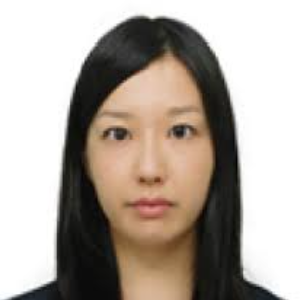Title : Continuous flow asymmetric hydrogenation of diethyl itaconate by supported Ru BINAP catalysts
Abstract:
Asymmetric hydrogenation is one of the most important reactions to synthesize optically active compounds which are synthetic intermediates for pharmaceuticals, pesticides, and perfumes. In particular, heterogeneous catalysts have advantages in terms of practical fine chemical synthesis because of their easy separation and recyclability. In addition, continuous-flow systems for synthesis of complex molecules such as optically active compounds have attracted a great deal of attention over the past few years. Flow systems have advantages over batch systems in productivity, heat and mixing efficiency and safety. In this work, we report asymmetric hydrogenation of olefins by metal oxide supported ruthenium catalysts with chiral phosphines in batch and continuous-flow systems. The supported ruthenium catalysts were prepared by impregnation method. ZrO2 was impregnated with RuCl3 3H2 O in H2 O and then calcinated at 550 °C. Enantioselective hydrogenation of diethyl itaconate proceeded in 99% yield and 93% ee in the presence of 1 wt% Ru/ZrO2 (1.0 mol%) with (S)-BINAP (1.1 mol%) as a chiral ligand in a batch system. The reaction using Ru/CeO2 catalyst also proceeded in good yield and high selectivity. However, the reaction hardly proceeded when Ru/Al2 O3 catalyst was used. The supported ruthenium catalysts were characterized and investigated for reactive species by Ru K-edge XAFS measurements. The XANES spectrum of the 1 wt% Ru/ZrO2 catalyst suggested that octahedrally coordinated ruthenium oxides highly dispersed on ZrO2 . On the other hand, the spectrums of Ru/Al2 O3 suggested that the ruthenium oxides were sintered. Under the reaction conditions, reductions of the ruthenium species were observed by in situ XANES spectra. The average oxidation state of the ruthenium species was reduced from +3.3 to +2.4 during the reaction. The reaction also proceeded under a continuous-flow system in good yield and selectivity.


